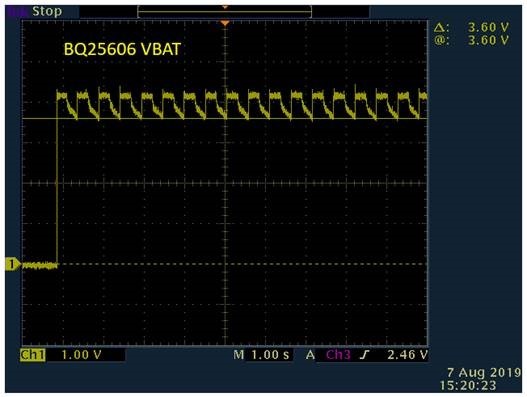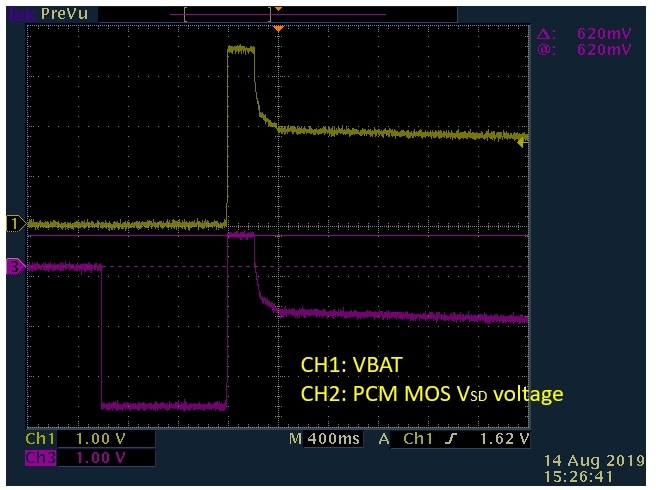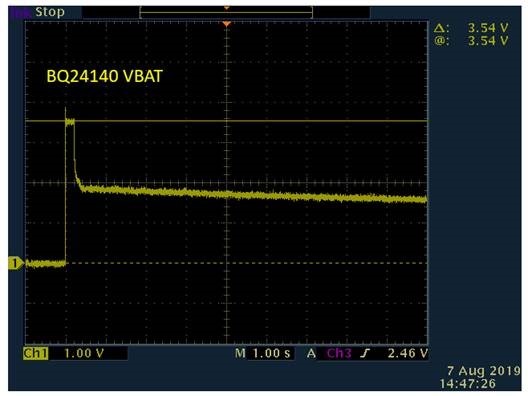Other Parts Discussed in Thread: BQ24153A, BQ24156A, BQ25606, BQ24157
Hi
About bq24140, the range of weak battery voltage threshold (VLOWV) is 3.4V–3.7V, if the battery voltage lower than 2.9V, whether the chip go to precharge mode.
The customer simulate battery voltage 2.6V ~2.9V, and use USB charge, but could not precharge the battery.
Waiting for your reply.
Thanks
Star







